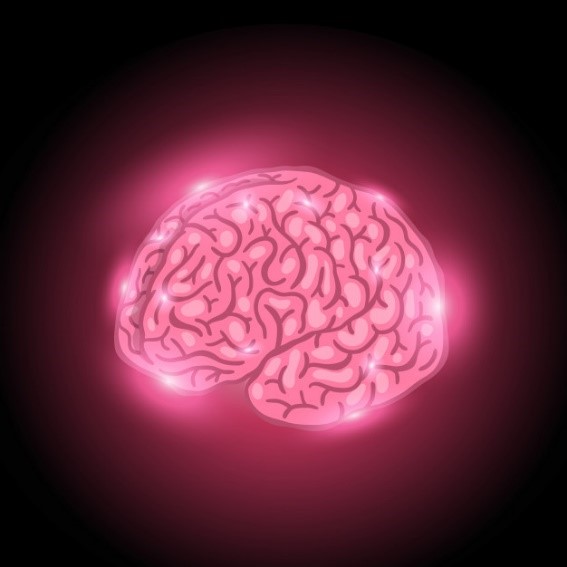Sensory Processing Disorder
Sensory Processing Disorder
What is it?
 Sensory Processing Disorder (SPD) is also called as Sensory Integration Disfunction (SID). SPD is a condition where the brain has trouble understanding, receiving and responding to information that comes through the senses.
Sensory Processing Disorder (SPD) is also called as Sensory Integration Disfunction (SID). SPD is a condition where the brain has trouble understanding, receiving and responding to information that comes through the senses.People with SPD are either oversensitive or under-sensitive to things in the environment. People with this disorder tend to be uncoordinated, bump into things and find it difficult to engage in a conversation or play.
SPD vs. ADHD
SPD is often confused to be ADHD, but the two terms differ from each other. While SPD deals with the sensory receptions, ADHD is more biological in nature and makes it difficult for the children to sit still or focus.
Children with ADHD are found to be disinterested and may display sudden emotional outbursts. Children with SPD find it difficult to concentrate in class and may not appreciate any form of touch (oversensitive) or may require constant human touch (under-sensitive).
Common features of SPD:
 Children with SPD show the following characteristics -
Children with SPD show the following characteristics --
Over reactive or under reactive to sound/touch/other sensations
-
Appear lethargic
-
Easily distracted
-
Poor motor skills
-
Poor sleep patterns
-
Low muscle tone
-
Have difficulty in engaging with other people
Co-occurring Disorders:
There are certain disorders which may occur along with SPD. They are -
-
Autism
-
Asperger syndrome
-
ADHD
-
Language disorder
-
Learning disabilities
Symptoms of SPD:
Children having SPD show the following symptoms -
-
Behavioural Symptoms
-
Withdrawal when touched
-
Behavioural problems
-
Hypersensitive to certain fabrics
-
Oversensitive to sounds and odors
-
Have challenges with movements
-
-
Physical Symptoms
-
Odd posture
-
Clumsiness
-
Poor balance
-
Delayed motor development
-
Poor sleeping and/or eating patterns
-
-
Psychosocial Symptoms
-
Poor interaction with other people
-
Depression
-
Anxiety
-
Fear of crowd
-
Aggression
-
Treating SPD in children:
 SPD can be treated through -
SPD can be treated through --
Therapy – SPD can be addressed through sensory therapy
-
Child Psychologists – Child psychologists guide the children on how to manage their actions and interactions
-
Environment – Limiting the child’s exposure to oversensitive environment
-
Sensory Plan – The therapists can curate a list of activities that the child can take up at home on a daily basis
How can schools help?
Schools play a crucial role in the development of a child, especially when it comes to children with disabilities. Schools can take certain steps to help children with SPD, some of them are:
1. Educate and Train
The school should create awareness about SPD and other such disorders, among its teachers and students. Teachers should be trained on how to handle children with SPD.
2. Introducing sensory activities
Sensory activities can be introduced for all children, irrespective of disability.
3. Therapists at School
Schools can associate themselves with therapists, who can be available in the school to address the needs of children with SPD
4. Classroom
Creating a child-friendly environment within the classroom will help the children with SPD feel relaxed within the classroom.
With proper aid and care, SPD is easy to overcome.





















